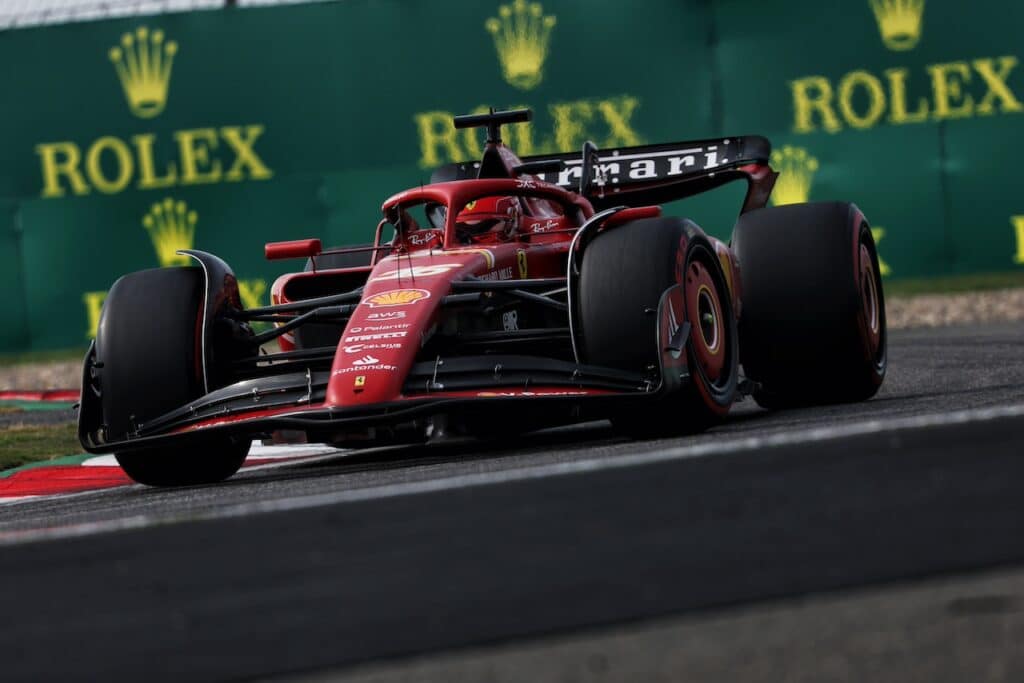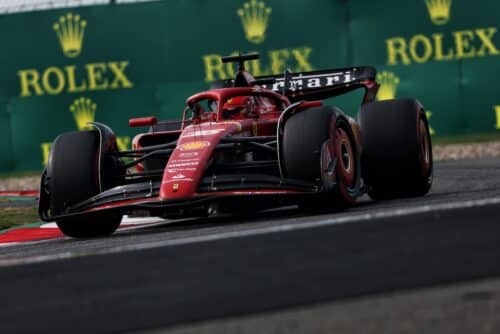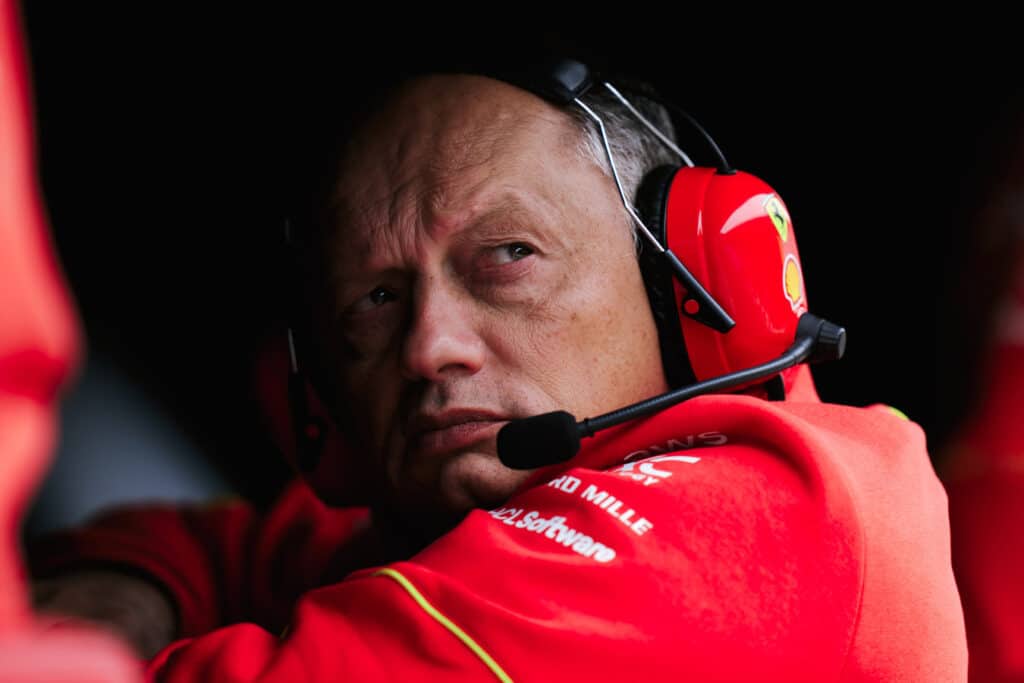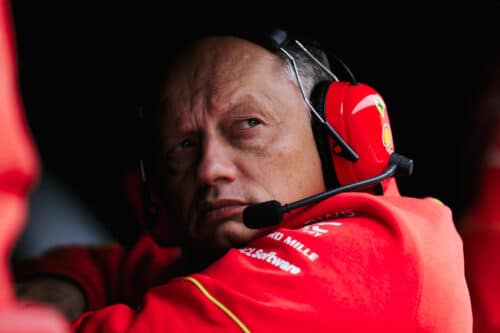F1 steering wheels: too much technology?

Fernando Alonso and Felipe Massa have calmly complained, in recent days, about the sophistication that has affected Formula 1 steering wheels in recent years.
In particular, the two Ferrari drivers touched on distraction as the greatest danger for those who, like them and their colleagues, drive at speeds of 300 per hour.
To tell the truth, the issue had already been raised covertly a few years ago. But, under the pressure of 'technology at all costs', the small emergency was over.
Now, however, the pilots' concerns are back to the surface.
And it is difficult to blame the two Ferraristi, who perhaps want to act as spokespersons for a common thought among the drivers.
In 2011, for one knob that disappears (that of adjusting the front wing) there are two that are added, namely that of the KERS (returning from 2009) and that of the mobile rear wing.
Which means, more or less, returning to the situation of 2009, with the settings for the rear mobile wing instead of the front one (let's take Ferrari as an example).
While, in 2010, the steering wheel used by Felipe and Fernando was this, with the necessary preferences based on the driver's choices.
To avoid transcribing all the commands, with the risk of errors, and to give you an idea of how many there are, we link a video explanation from Felipe Massa's Performance Engineer. (source Ferrari)
Here, also, from 3.20 min (always Ferrari source), an example of the starting procedure.
As we know and as can be better understood from these contributions, the steering wheel is now a real control center, from which the driver can minutely adjust any detail of his car. He is a sort of electronic engineer/mechanic to support the driver, with all the advantages and disadvantages of the case.
The advantages are, obviously, those that modern technology brings to this type of situation. Multiple. The car-box telemetry allows the technicians on the wall and in the telemetry room to check every single parameter of the car and intervene, if necessary, suggesting to the driver the operations to carry out on the levers, buttons and so on. Which, a few years ago (thanks to bidirectional telemetry) was possible even without the intervention of the pilot himself. The single display used by the teams provides information of any type, from lap times with intermediate times and advantage/disadvantage on the best lap, to the temperatures of the major components, to race direction information (flags, Safety Car). Things that were unthinkable twenty years ago, when the pilot obtained the most information from the table displayed on the wall.
But how far can we go?
In 2010 we heard complaints about the f-duct, the activation of which forced drivers to almost completely remove one hand from the steering wheel (except those of Mercedes, whose system had been automated but with limited success).
This new season presents two new features, or rather one and a half. The return of the KERS (at least one button for activation plus a small knob to adjust some parameters) and this year's news: the rear mobile wing to replace the front one. Here you could say 'well, one out, the other in'. But no, because the use is completely different.
The front wing could be adjusted twice per turn in any situation, setting its incidence. The rear mobile wing can, however, only be used when overtaking (less than a second behind the opponent), apparently thanks to an indication on the steering wheel display.
Let's imagine, therefore, the scene of a driver trying to overtake. In addition to having to use the right lever to upshift, you will hypothetically have to first activate the KERS to get closer to the car in front and then, once you have the 'go' from the display, use the mobile wing to gain a few km/h in more and try to overtake. Simple, if we weren't talking about F1, speeds exceeding 300 km/h and straights no longer long enough to allow such a sequence. Without taking into account the fact that the defending driver will also use the Kers, perhaps keeping it charged exclusively for the longest straight of the track. And without taking into account, above all, that pilots have two hands, and we are potentially in a more dangerous situation than that of 2010.
Furthermore, there will be many tracks in which all this will not be easy to apply. Let's think of Monte Carlo, Valencia, Singapore, Budapest. Short, narrow tracks. We will see.
A bit of background
The history of 'technological' steering wheels dates back to around 15 years ago, in the period in which electronics made their sliding entry into Formula 1.
This is the steering wheel of Schumacher's F310, the first Ferrari driven by the German. As you can see, the first adjustment knobs appeared already 15 years ago, while from an ergonomic point of view the upper and lower parts were already 'cut' and the handles were well defined. The German, among other things, has often been defined as 'maniacal' in his care for optimizing the controls on the steering wheel.
Let's go back just five years, and the difference is stark. While the steering wheel of the F310 vaguely resembles that of more recent years (even if it did not yet integrate all the displays), the 1991 one seems to be in another category. 'Classic', round shaped, and with only two buttons.
The substantial difference between 1991 and 1996 is not only electronic, but conceptual. In fact, on Prost's car, you will find some controls placed behind the steering wheel (such as the 'N' for neutral), which in subsequent years will be integrated into it, as will the display. The gearbox is already sequential at the steering wheel, via the well-known 'butterfly'
Even further back, 1979. Here the steering wheel is practically bare, just an on/off switch.
Other switches and buttons are, however, still present on the left side of the cockpit. The gearbox is lever operated. The instrumentation is analogue, for the digital one we will have to wait a few years. The steering wheel, essentially, is seen as a tool useful only for carrying out its original function, that is, turning the single-seater.
A decade earlier, 1967. Ferrari 312. Not even a switch. The essential. Two switches on the dashboard, but the steering wheel is completely free of any other accessories.
Let's go back to the beginning of F1. 1952, nothing like 15 years later. Not only does the steering wheel have no sporting connotation, but it has a totally different diameter (much larger) which also reflects the cockpit, which is much more open. The steering wheel will be 'bare', but the safety level has nothing to do with the current one. On the contrary. We can say that there was absolutely no security.
Back to the present day
Let's go back to the current steering wheels. As we said at the beginning, these are concentrates of electronics which, in fact, replace mechanics and engineers during the race. In order to make the best use of them, you need to know them, study them and customize them according to your preferences. It is not uncommon for two drivers from the same team to have controls arranged differently.
In these 15/20 years, in addition to the steering wheels, the technical/theoretical preparation of the pilots has also grown. It is no longer just a question of 'carrying' the car, but also knowing its technical details. Starting at the green light was once a game of clutch and accelerator. Now, as we can see from the video posted above, a precise procedure of buttons and levers must be followed to allow the single-seater to start in the best way. It's all delegated to the car. And if something doesn't work, the first operation is a reset of the steering wheel and the control units connected to it.
And fans turn up their noses. Because the further we go, the more this F1 seems to become 'artificial', subordinated exclusively to electronics and technology. And, in fact, the more the years pass, the more difficult it is for pilots to make a difference. The sophistication applied to the steering wheel is an example, but there are also other factors that are determining a sort of single brand. Blocks on engine development, aerodynamics, etc.
Concluding
Felipe and Fernando, in their veiled 'complaint' about the dangers of so many steering wheel controls, are right. This year it won't be easy to stay focused while driving while using the Kers and the mobile wing.
But this is a situation that has evolved over the years and both they and their colleagues could have organized themselves to ask the FIA to impose limits on teams on the use of technology on steering wheels. Who knows, maybe this is the year to make yourself heard.
Alessandro Secchi
F1Grandprix.it
if you want to always be updated on our news
Follow us here
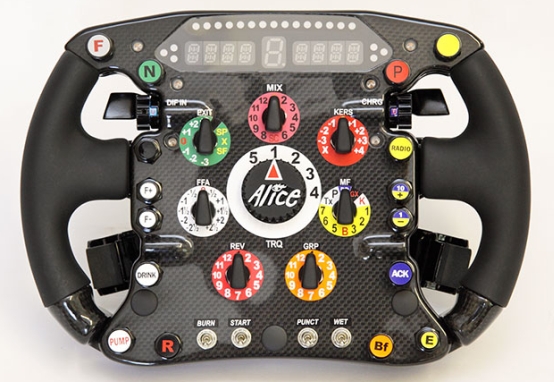
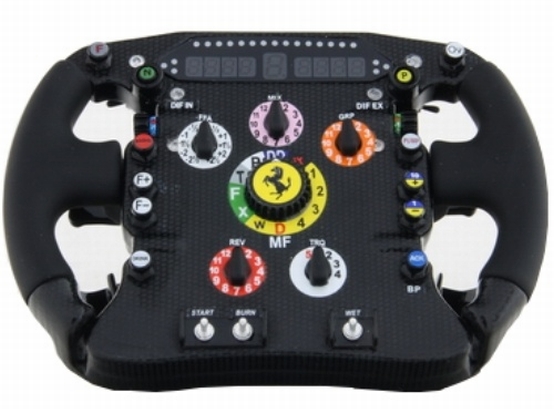





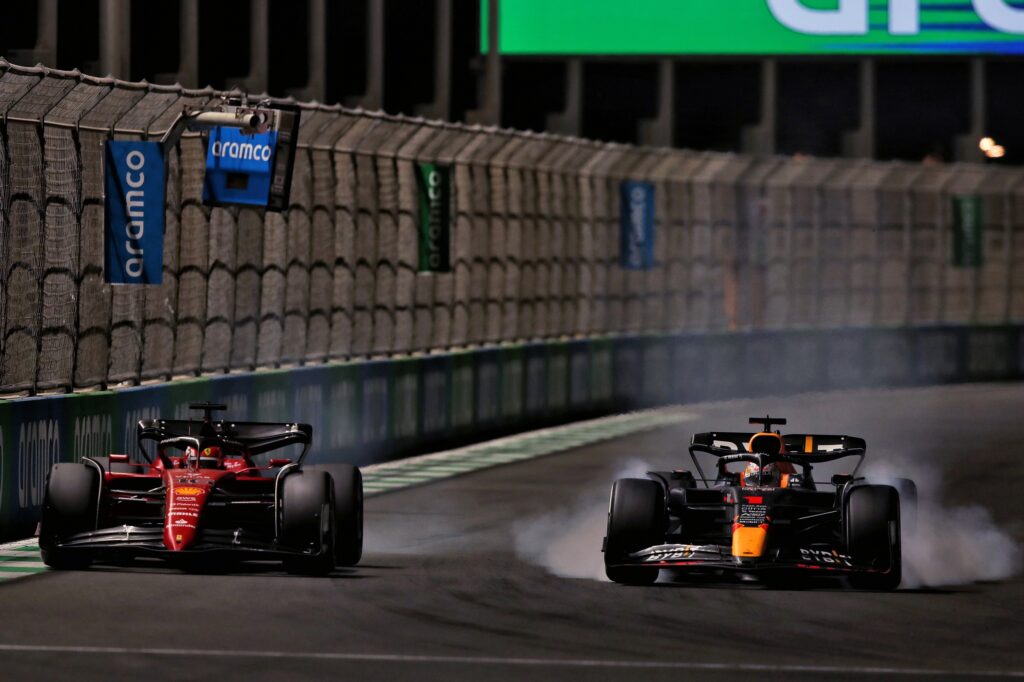
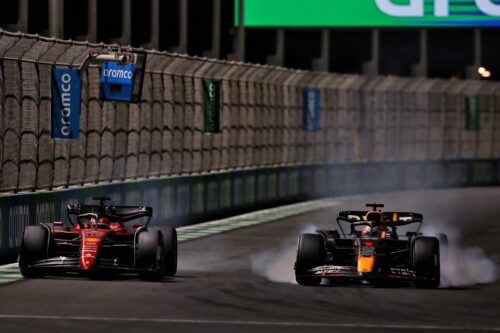

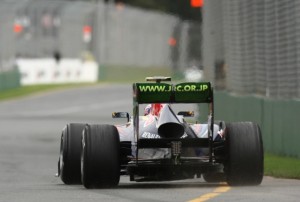

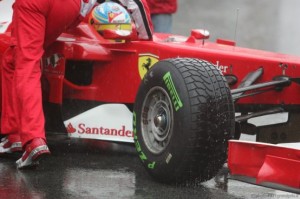

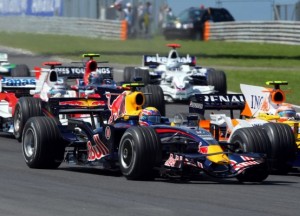

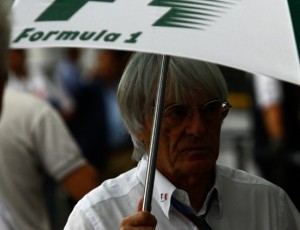
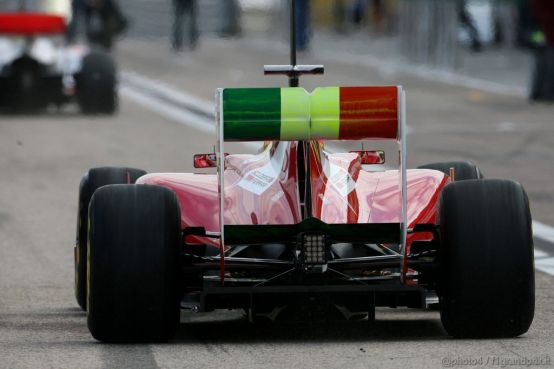
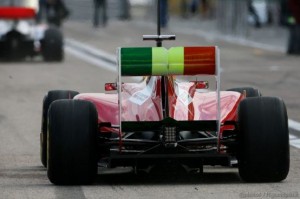

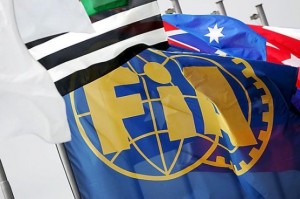
![Formula 1 | Focus: the special liveries in the history of Ferrari [PHOTO]](https://f1grandprix.motorionline.com/wp-content/uploads/2024/04/focus-ferrari7-1-1024x680.jpg)
![Formula 1 | Focus: the special liveries in the history of Ferrari [PHOTO]](https://f1grandprix.motorionline.com/wp-content/uploads/2024/04/focus-ferrari7-1-500x332.jpg)
